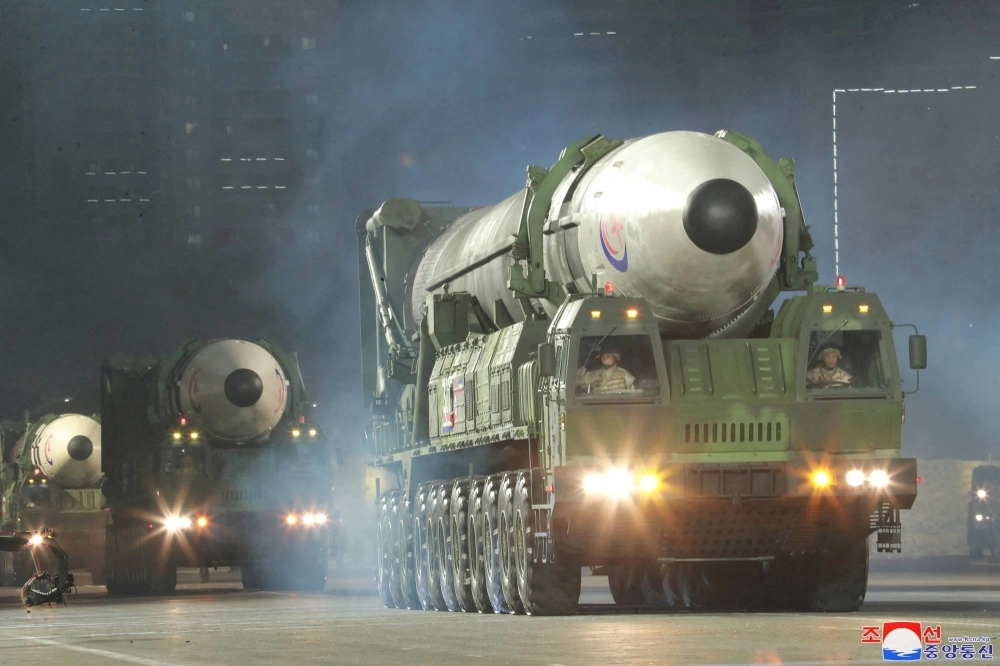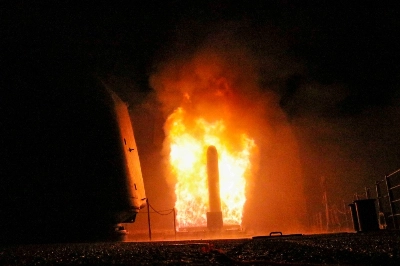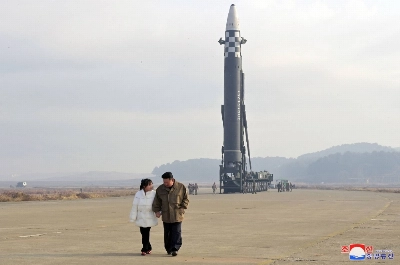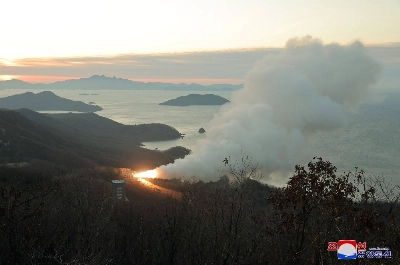North Korea marked its newly established Missile Industry Day on Saturday with silence in state-run media, as leader Kim Jong Un has remained out of the public spotlight for nearly a month.
The new holiday to commemorate the Nov. 18 launch last year of its massive Hwasong-17 intercontinental ballistic missile was announced earlier this month and Pyongyang had been expected to fete the occasion with a missile test or celebration.
The Hwasong-17 is one of the North’s most powerful weapons, with Japan’s Defense Ministry estimating it could deliver a nuclear bomb — and potentially multiple warheads — more than 15,000 kilometers, putting all of the U.S. within striking distance.




















With your current subscription plan you can comment on stories. However, before writing your first comment, please create a display name in the Profile section of your subscriber account page.